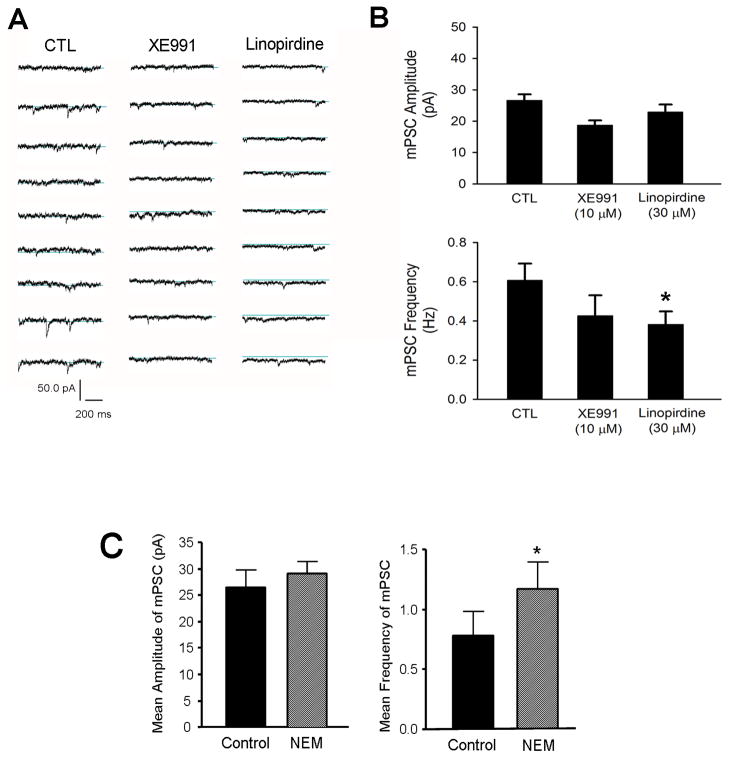Figure 10. Effects of Inhibiting KCNQ2/3 channels on spontaneous transmitter release in hippocampal neurons.
The effects of manipulating the KCNQ channel activity on mPSCs were studied using whole-cell recordings in hippocampal neurons. A. Hippocampal neurons were subjected to 12–14 day exposure to XE991 (10 μM) or linopirdine (30 μM). Whole cell recording of mPSCs in these neurons were performed between 12 – 16 DIV. B. Bar graph of summarized mPSC recordings in A. Blocking KCNQ2/3 channels did not alter the average amplitude of mPSCs. On the other hand, linopirdine reduced mPSC frequency in these cells. C. The KCNQ2/3 channel opener NEM (2 μM) was applied for 5 days to increase the channel activity. This maneuver showed no effect on the amplitude of mPSCs. However, opposing to channel blockers, the channel opener significantly increased the frequency of mPSCs. N = 10. *. P < 0.05 compared to controls.

